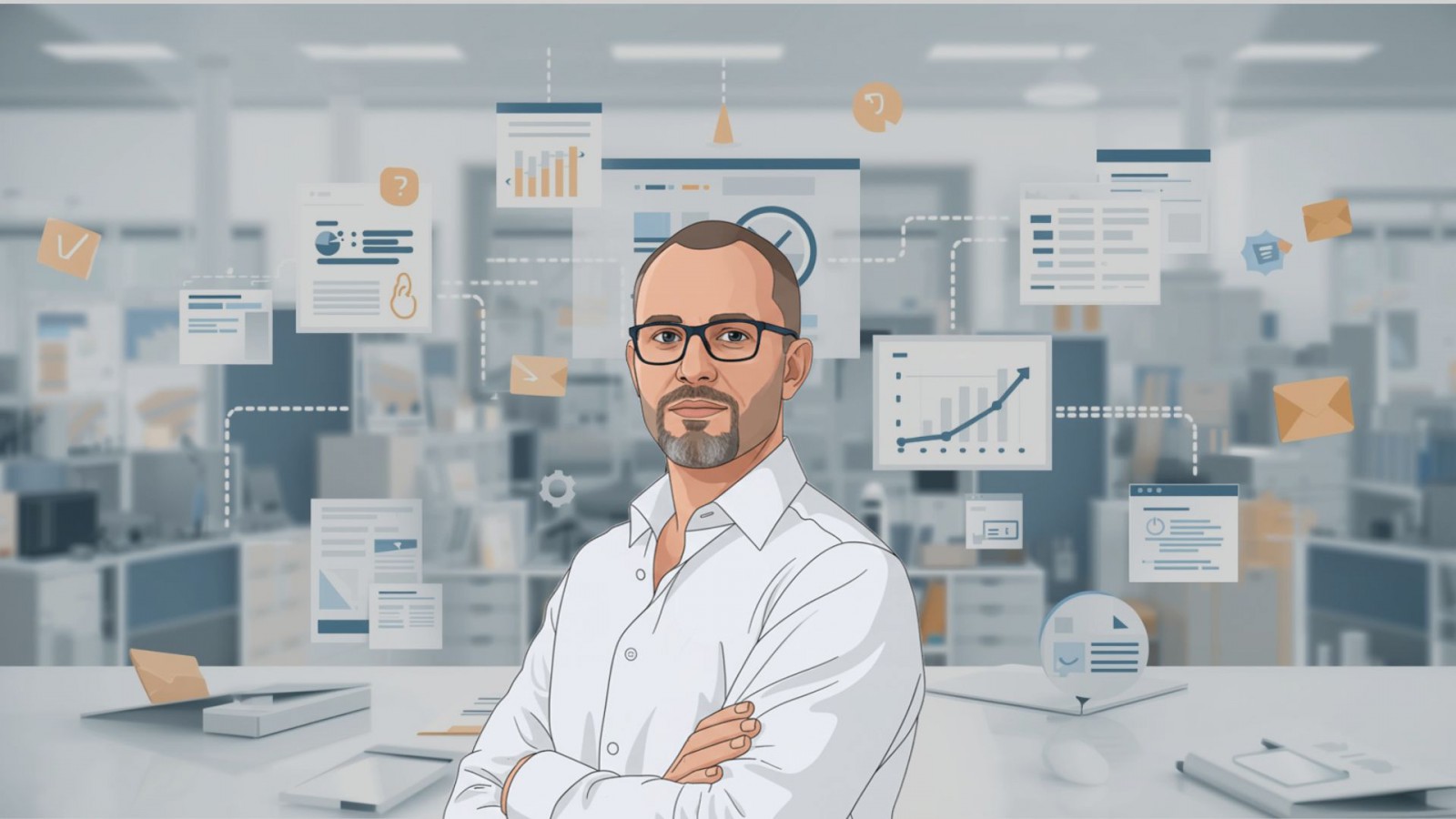Management is always about technology and people, and translation project management is no exception.
People can do a limited amount of work, as we all have only 24 hours a day. And if you want to get more work done, there are 2 ways: delegation and automation. This means that you either get other people or machines to do the job. And these 2 approaches need to be balanced, as they are interdependent since machines need people who are competent enough to operate them.
.png)
People have always been much harder and more expensive to manage than machines (even in times when no salary was offered), and as such, since prehistorical times, effective managers have preferred to use the technologies available at that time over people. A tractor is better than a human with a plow, and in the same way, any translation project management software is faster than a human project manager when it comes to doing routine and repetitive actions. Technologies are cheaper, but even if the project manager salary and cost of replacing the software are the same, a CEO would rather hire an algorithm than a human, as it is more predictable and can be switched off at any time without any extra cost or ethical dilemmas.
The translation project management software of today does a lot of things that were previously done by human project managers (e.g., sending files and messages to translators, creating invoices, sending reminders about deadlines and dozens of other things). So a project manager in a translation company equipped with management software can work much more efficiently than someone who only has access to tools like Excel, Total Commander, and an email client. Technology means a person can concentrate on more important tasks like decision-making and problem-solving.
.png)
And if we are looking into the future, the most logical prediction is that it will go the same way as it has gone since prehistoric times. Monkey work will be taken away from people, which I think is obvious to everyone reading this. And technologies will continue to develop as they are now.
.png)
With time tools will have more automation and a more intuitive interface; they will be more humanlike. This is because developers will have a better understanding of user needs and will develop software features accordingly. As a result, there will be less need for human management.
But it is not about the development of each tool. Most translation companies are using different software programs for different purposes, and sometimes they have to manually reproduce the data between different management systems, which is quite frustrating. For instance, if I as a vendor receive a project through the Vendor portal of my client, I have to reproduce it in my own project management system for my personal records, copying most of the data between the systems. And my vendor may have to do the same at their end. This means that a lot of time is spent pressing Ctrl+C and Ctrl+V.
So these barriers will be broken, and the tools will talk to each other without any input from translation project managers. This process got underway over a decade ago with increased integration between systems. The translation industry is developing its API standard (TAPICC), but there is still a lot of work to do here. Perhaps too much work for any software vendor alone, as new tools keep popping up.
.png)
So in the future, we will have companies specializing in integration alone without building their own management tools. BeLazy is an example, but there will be more. If we look really far into the future, perhaps such integrators will become the Overmind of the translation industry, if they become automated themselves.
So the future is bright, and at some point, translation management tools will be able to take on all the monotonous work from human project managers, giving the latter time to focus on creative things like project planning. They will be able to click the start button and forget about all routine tasks.
But there is another side to this: such project managers must have the skills and experience to work with such intelligent translation management software. And the industry might face a shortage of such specialists, especially when we run out of ‘old school’ project managers who evolved from the times when everything was done manually.
.png)
The thing is that they know what’s happening under the hood, and this gives them a better understanding when they perform complex actions with advanced tools. The new generation will need some special training to close this gap, and most likely, translation companies will have to train them themselves.
Another thing about software in the translation and localization industry is that as tools are getting more advanced, the entry barriers are getting higher for new developers.
.png)
A newcomer might have a hard time catching up with the competition and will need a lot more time or money than they needed when they started. When the CEO of an online CAT tool was told that anyone could reproduce his technology, he responded, “No problem, go ahead, you just need 4 years and 5 million dollars, and you’ll be where I am now, but by then I’ll be way farther down the road.” If it goes that way, new tools will appear less often, and LSPs will have less choice, or startups will need investors to get noticed. But who knows, maybe something completely new will appear.


.png)
.png)

